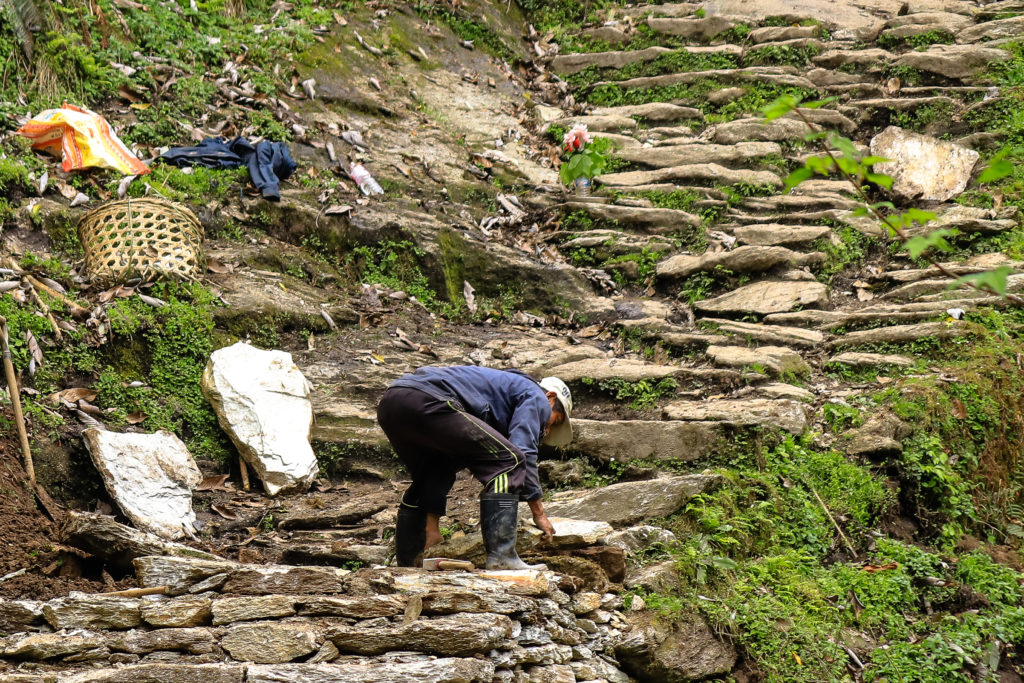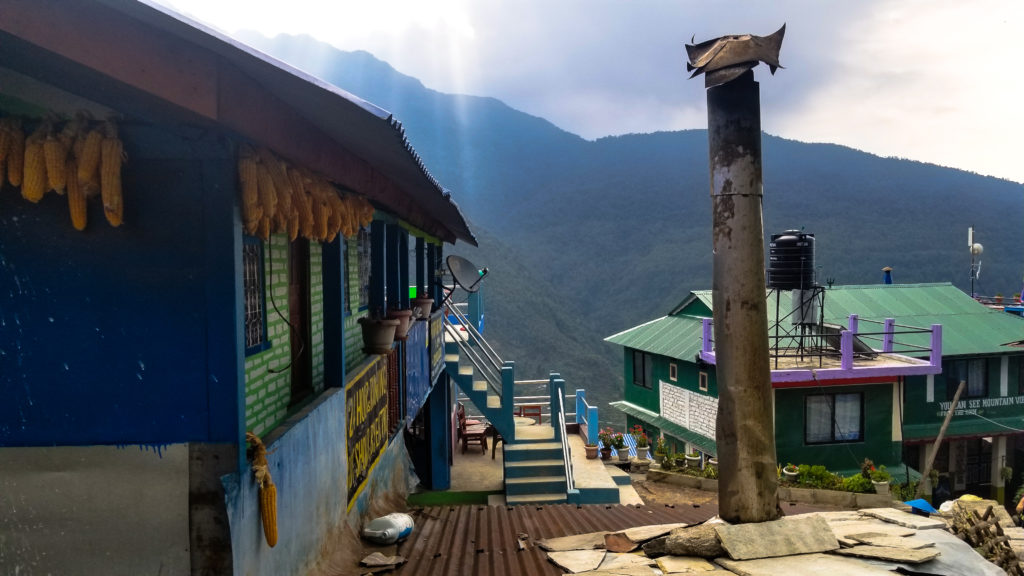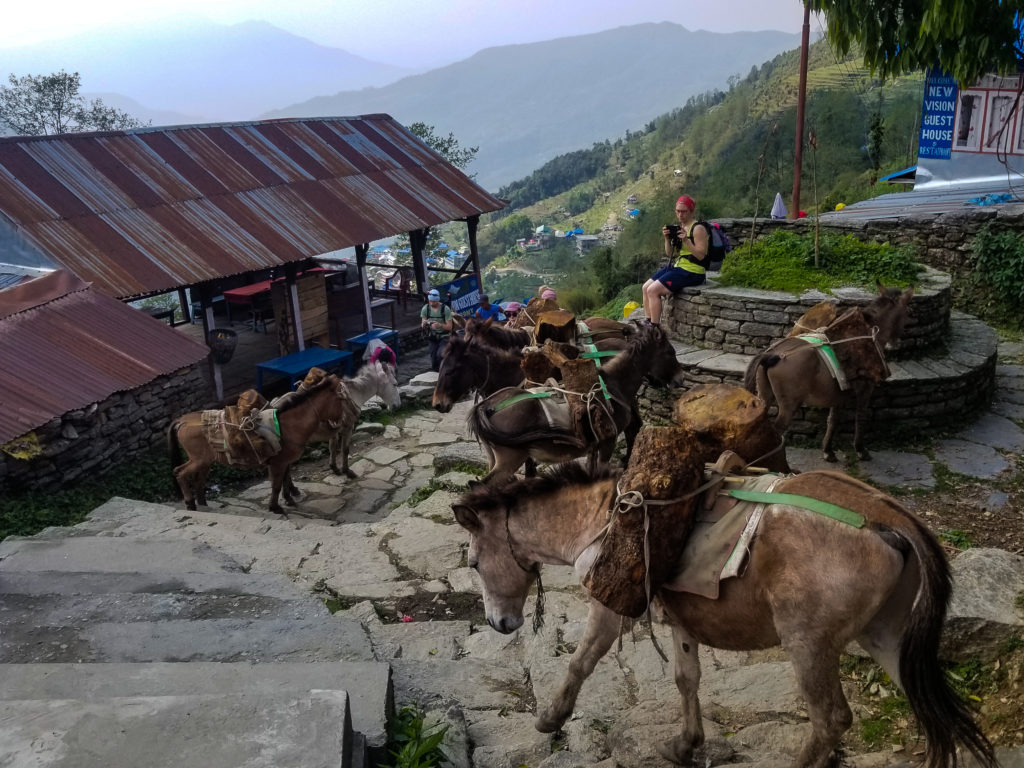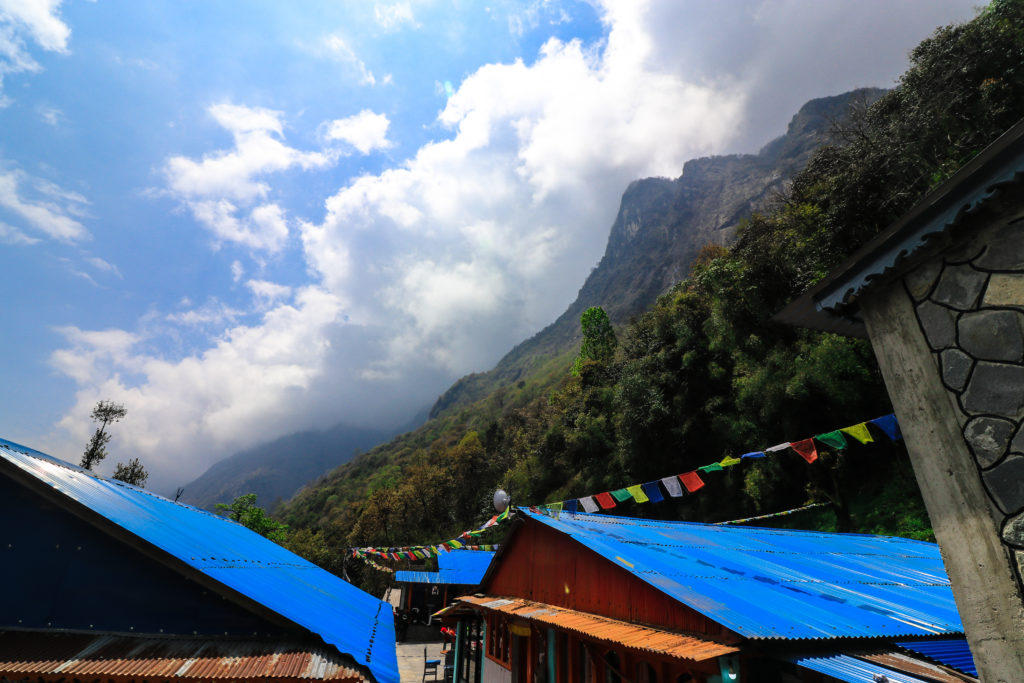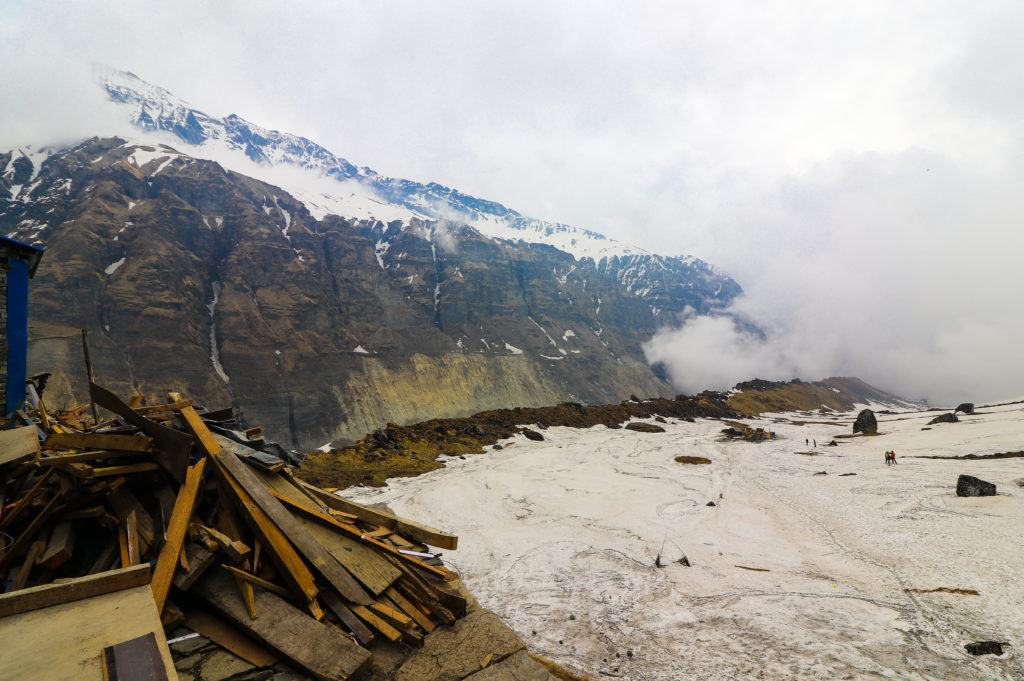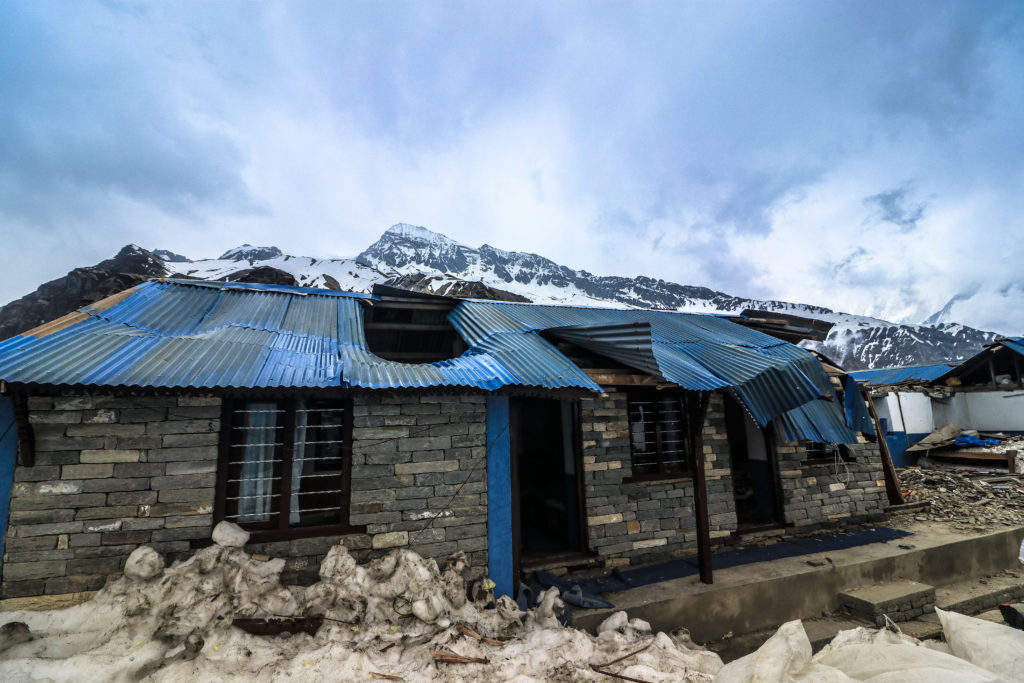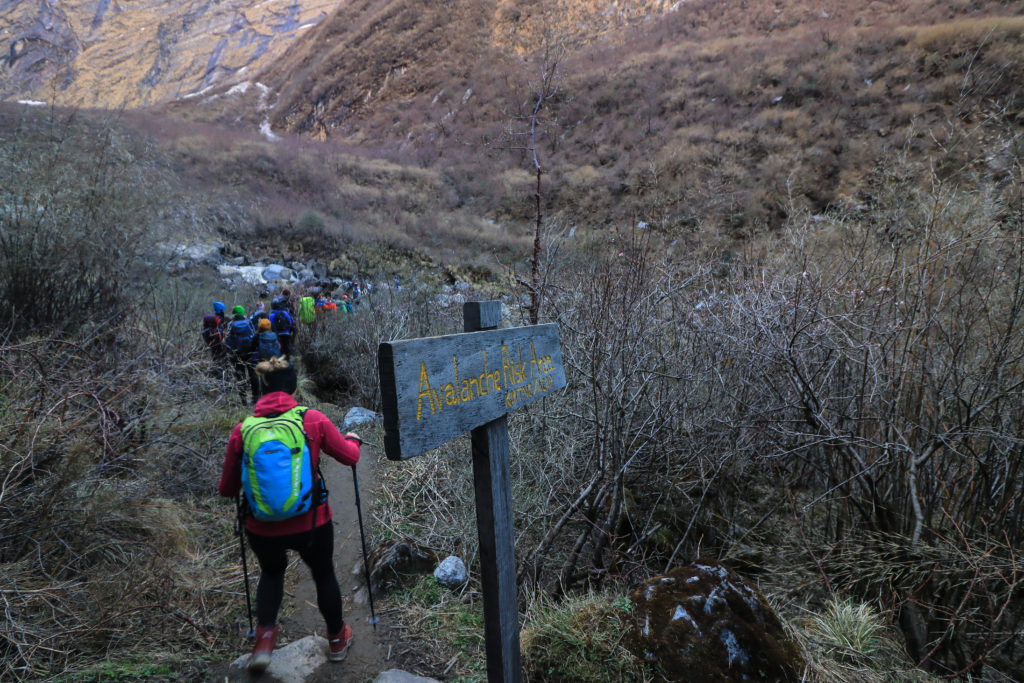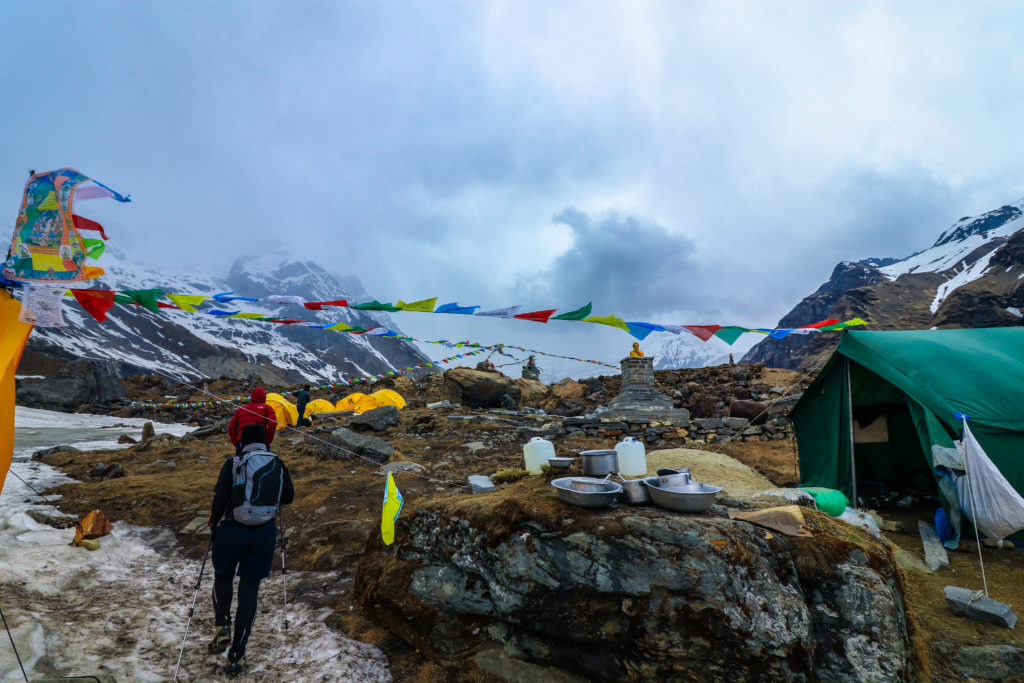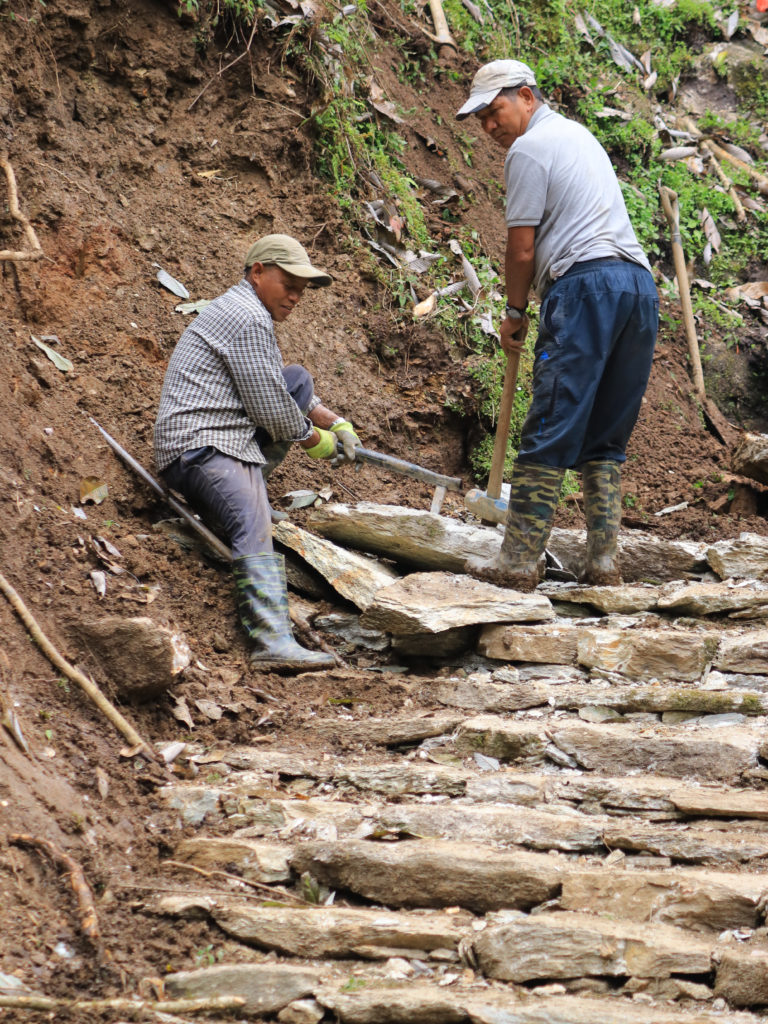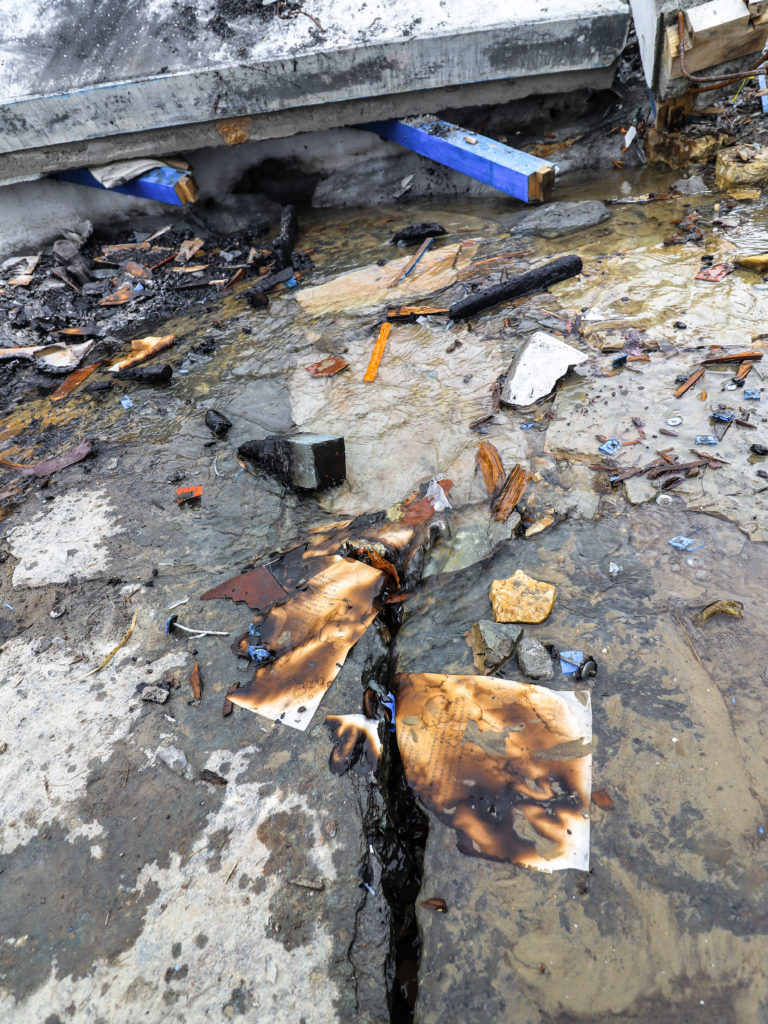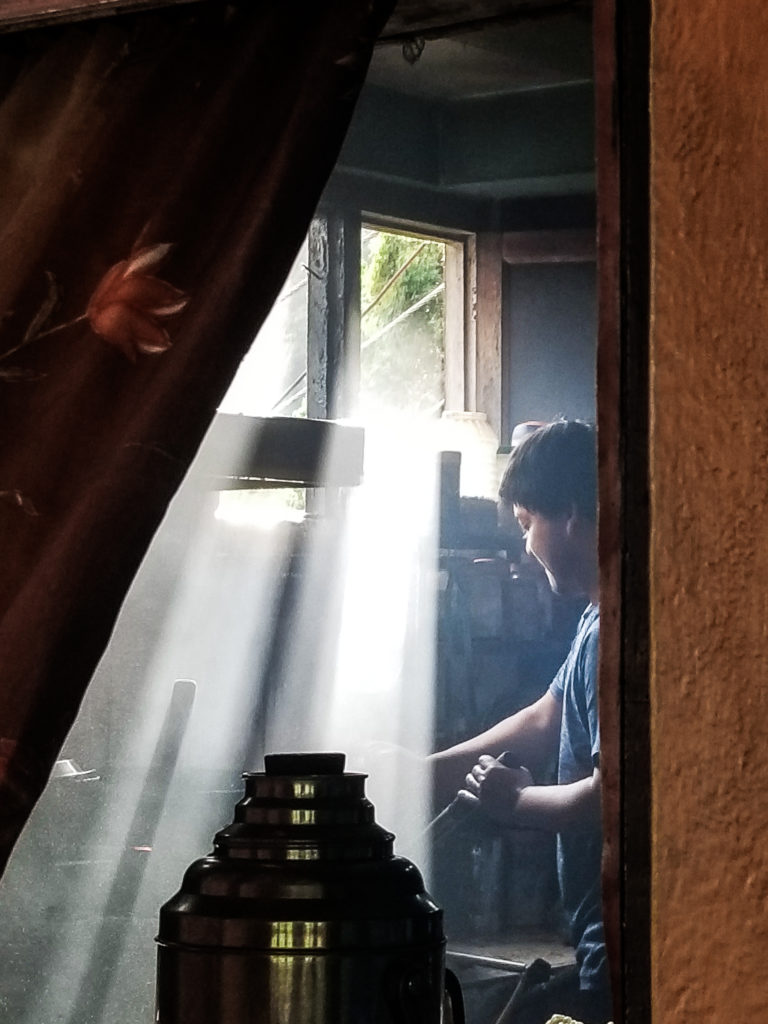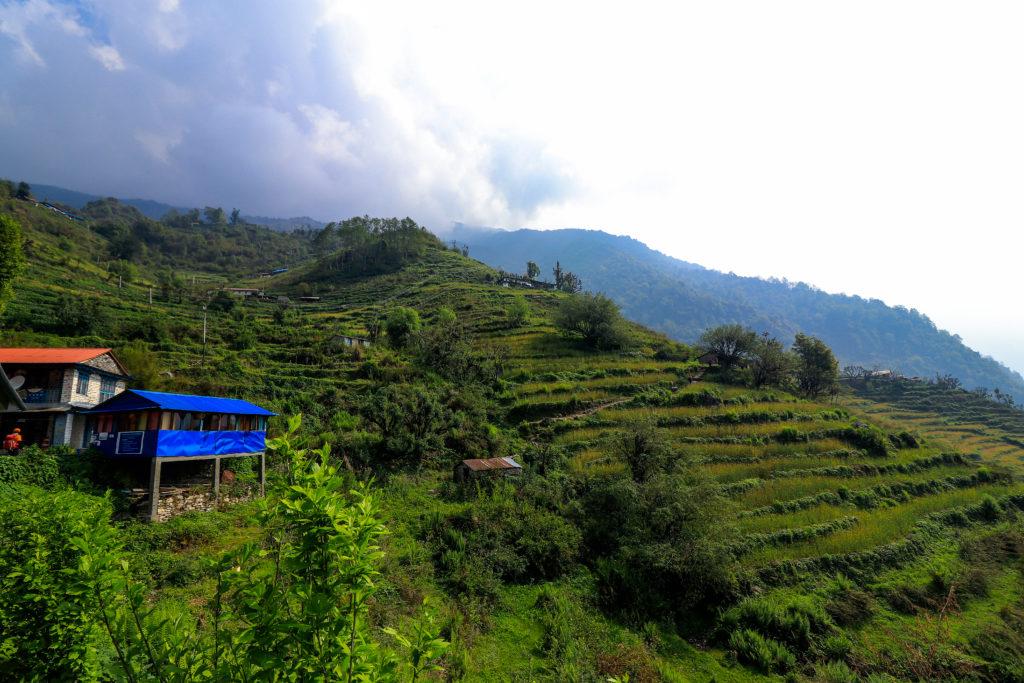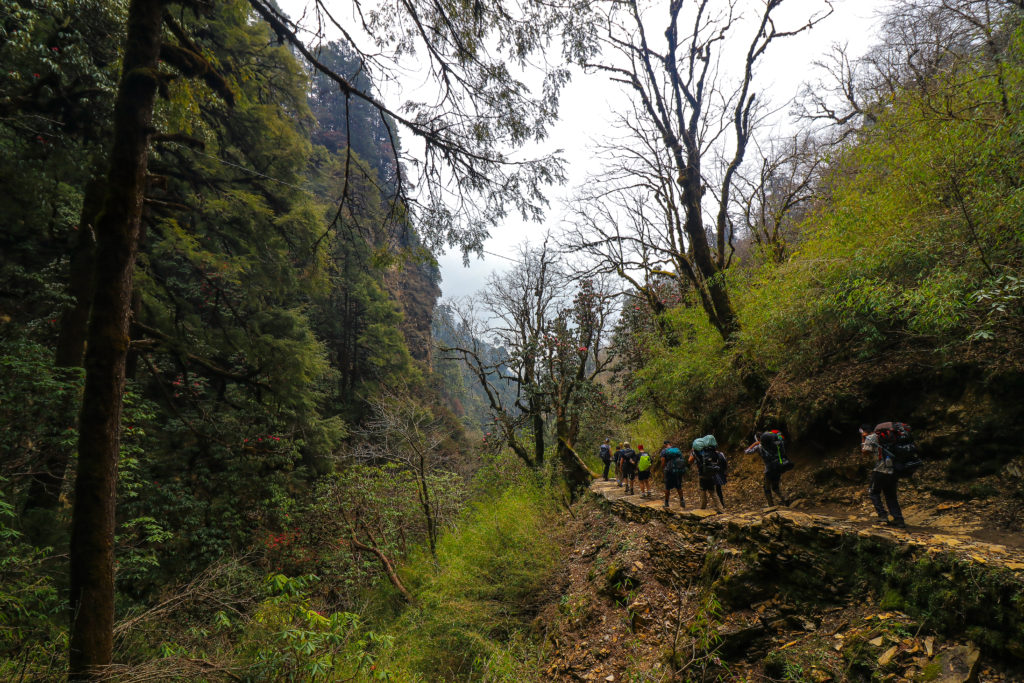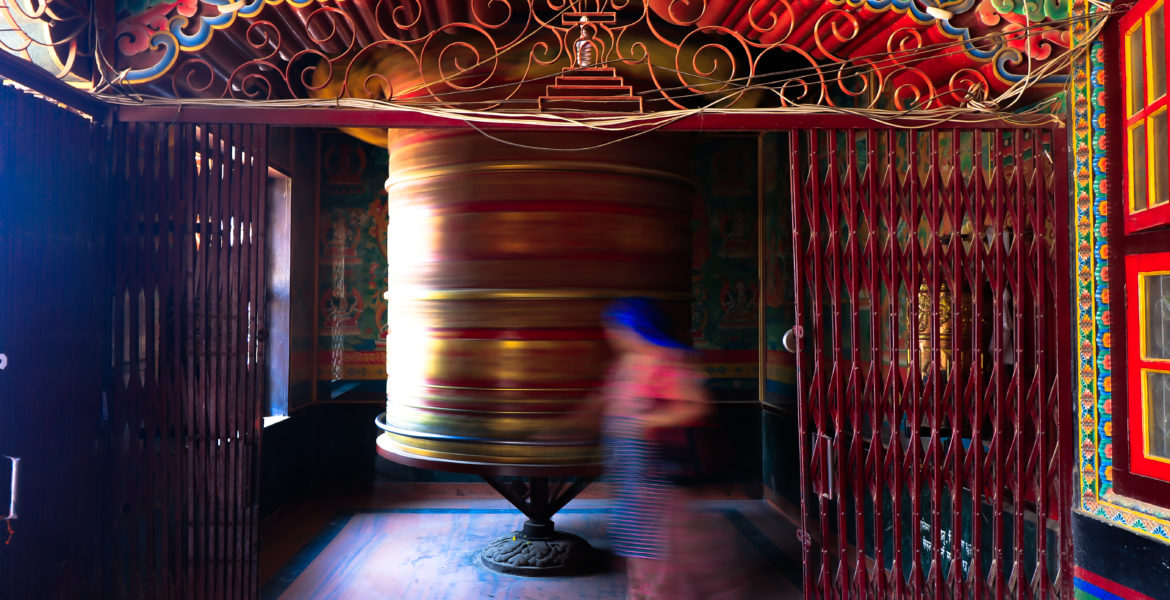
Tourism and Local Livelihood in Nepal’s Holy Mountains
On byWhen someone mentions the word “Nepal”, people conjure images of snowy peaks of the Himalayas. For most people, the word “Everest” slides into frame. If there is one reason to visit the country, it is to witness the landscape. Upon arriving to the capital city in 2019, most if not all of the passenger’s luggage were trekking packs. Everyone in town seems to be preparing for one thing, the outdoors and what it has to offer. Although the country attracts low-budget backpackers and wealthy individuals who can afford to summit it’s holy peaks, the push for more economic strength in tourism may benefit those living below the poverty line, but fosters environmental impact in addition to the changing climate.
The Stakes
Nepal’s GDP currently sits at $28.812 bil USD (166th in the world)1. Up to 2018, a total of 1,173,072 international tourists contributed to the economy which was an increase of 24.8% from the previous year2. Surprisingly tourism only accounts for 7.5% of Nepal’s GDP3 however, the government is finding ways to increase revenue from the tourism sector. One controversial method is increasing the amount of permits distributed for trekking, moreso what’s being debated are the amount of permits given and the type of people receiving those permits. There have been reports of climbing deaths every year, however this year seemed to strike notice4. The increase in tourism this year has led to a significant increase of death and injuries from mountaineering, as well as noticeable environmental effects such as litter. It is only recently that the government has placed a ban on single-use plastics in the Everest region and unfortunately not country-wide5. In order to support the economy, Nepal continues to focus most of its efforts into tourism as more people are coming wanting to explore untouched land, but the results are mixed. Revenue is generated, but at a social cost.
The tourism industry in Nepal is weighted heavily on resources, and isolated villages highly depend on external supplies which can only be carried manually as other modes of transportation lack infrastructure or are too expensive. Supplies going up usually consist of building materials and food, which each package load weighs 25kg (+/-5). During the Annapurna trek, distances between villages can be as far apart as 8km to 12km, and elevation differences can be a hike of 500m and a few kilometers. Trails are hardly maintained and are never consistent; if you were to ask locals how flat a route will be, a popular answer returned is a common saying: “nepali-flat” (minimum 35⁰ slope). Due the lack of infrastructure connecting isolated areas, the Nepali government has even designated a separate budget for suspension bridges. These bridges help trekkers and locals avoid climbing the steep valleys and can condense around 4 hours of hiking into 30 minutes.
The People
It is no doubt the Nepal is famous for their mountains and glaciers, one of earth’s natural wonders. Being landlocked and geographically disadvantaged, Nepal is struggling to survive between two giants, China and India. Historically, the Silk Road crosses through the kingdom of Nepal which brings spices and metals from different corners of the continent. Now in the 21st Century, tension rises as natural resources become scarce and more valuable. While restricted on imports, agricultural does play a role in Nepal’s economy however, the himalayan environment does provide a challenge6. Higher up in the Himalayan foothills with little access to resources, locals can only produce so much for themselves. As 21% of the population living below the poverty line, many chose to cater themselves to the tourists to earn a better living7. When visiting these villages and homestays many of the dining halls are covered in family photos, most of which are of their children. A consistent topic of discussion is that the homekeepers are saving up funds to send their children to better schools and higher education. For resources, these homestays are heavily dependent on porters and mules carrying supplies. Areas North of Chomrong towards the Annapurna Sanctuary, animals can not proceed as trail conditions are too dangerous, therefore all supplies must be carried by men and women. It is a normal part of life to commute kilometers of elevation to reach your destination for errands or meetings. As our group struggled to hike up to a village, a father and his child effortlessly glided past us to attend school up the hill.
My trekking guide mentioned that hiking for one day indirectly supports approximately 17 people; by trekking for 2 weeks, you can financially support over 100s of people. These include the guides and porters for the trek, villages that host passing travelers, and porters that supply the villages with building materials, equipment, fuel and food. It is common to find Tibetan refugees from China that are also making a living in Nepal, many of which are homekeepers and gift shop owners. Just a week before arriving to Annapurna Base Camp (ABC), we were told by our guide that the camp had been demolished by an avalanche. Avalanches are common especially since the peaks of Annapurna are considered the most dangerous to summit, carrying the highest fatality rate, leading K28. The news was a surprise to the guides because the base camp is usually positioned away from disturbances and is meant to anticipate them. Arriving at the camp, half of the dining hall remains intact while the rest is exposed to the alpine wilderness, and guesthouses for climbers are broken to rubble; climbers preparing to summit Annapurna either camp 1 hour away at Machapuchare Base Camp (MBC), or pitch a tent across from the rubble at ABC. Since there was no room to spend the night at ABC, our trek group took refuge at MBC with what space was left.
As a tourist, conceptualizing my various transactions and its relationship with the local economy is straight forward, however the magnitude of this impact was not expected until witnessed. Majority of the camps and homestays (if not all) are run and managed by locals, including ABC. Rebuilding the infrastructure in the alpine environment will cost greatly and will require lots of resources, building materials and man-power; this is a great example of the significance of the tourist economy and its impact on locals. In the global North, countries and businesses have adequate access to business resources such as insurance and technology. When walking up towards ABC, we would occasionally encounter a porter carrying a large beam of wood strapped to their head. Using helicopters to transport materials is too costly for locals, so they depend on individuals to do the transportation. It was mentioned that ABC will take more than 2 years or more to rebuild.
The Impact
As the world becomes more globalized, more people will be able to explore the Himalayas; as locations become more accessible, the country will be required to sustain the increase in traffic. The importance of infrastructure has already become more prevalent as climate change creates an environment for disturbances to increase in intensity. Places like ABC will become more susceptible to avalanches as areas of higher elevation warm drastically throughout the day. Lower elevation hill-slopes become more susceptible to landslides: areas that are difficult to traverse, fuel tanks become a commodity and locals are required to collect firewood, which loosens the soil if trees are uprooted (which they are in most cases). Climate change also increases intensity and duration of the monsoon rain which washes away the loose top soil, which then promotes landslides and increases deforestation9 (lucky we traveled a few weeks before the rainy season). Meteorological changes are not the only impact that affect the local’s socio-economic infrastructure. Disposable plastics are still common even in remote places such as areas in the high mountains. Although it is educated among everyone that the land should he kept clean, there are still consumables that are offered such as candy bars, pop cans, and other food wrapped in plastic. Although tea, coffee, and other homemade snacks are offered, I still see many who still purchase commercially wrapped food.
Climate change will continue to change the landscape as developing countries such as Nepal become more industrial and continue to push its energy and economic boundaries . On the micro scale, by being more conscious of our actions abroad, we can create positive impacts that support the local environment and its people. When traveling abroad it is good to be reminded of ethical tourism, that we travel in a shared location and we should treat the land and everyone within it with respect. Few of many possibilities included supporting local guesthouses and purchasing their crafts, picking up after yourselves and others who aren’t as caring as they should be, and tipping guides and porters well since their currency value are weaker than those of foreigners who can afford to travel. Nepal is a country that is famous for their landscape and culture, as travelers we should maintain our integrity to travel in a sustainable way so that others can experience the same euphoria of being able to hike the Himalayas. If you can afford to travel the world, you can also afford to lend a hand.
Footnotes
1. WorldBank2. Nepal Tourism Statistics 2018
3. KathmanduPost – Tourism Pumped RS117b into Nepal’s economy
4. CBC|NatGeo|Insider|BBC
5. CNN
6. Nepal: GDP share of agriculture
7. NepaliSansar
8. Atlas&Boots|WorldAtlas|Matador
9. ClimateLinks|HindustanTimes
If you like these shots, feel free to inquire for higher resolutions!












